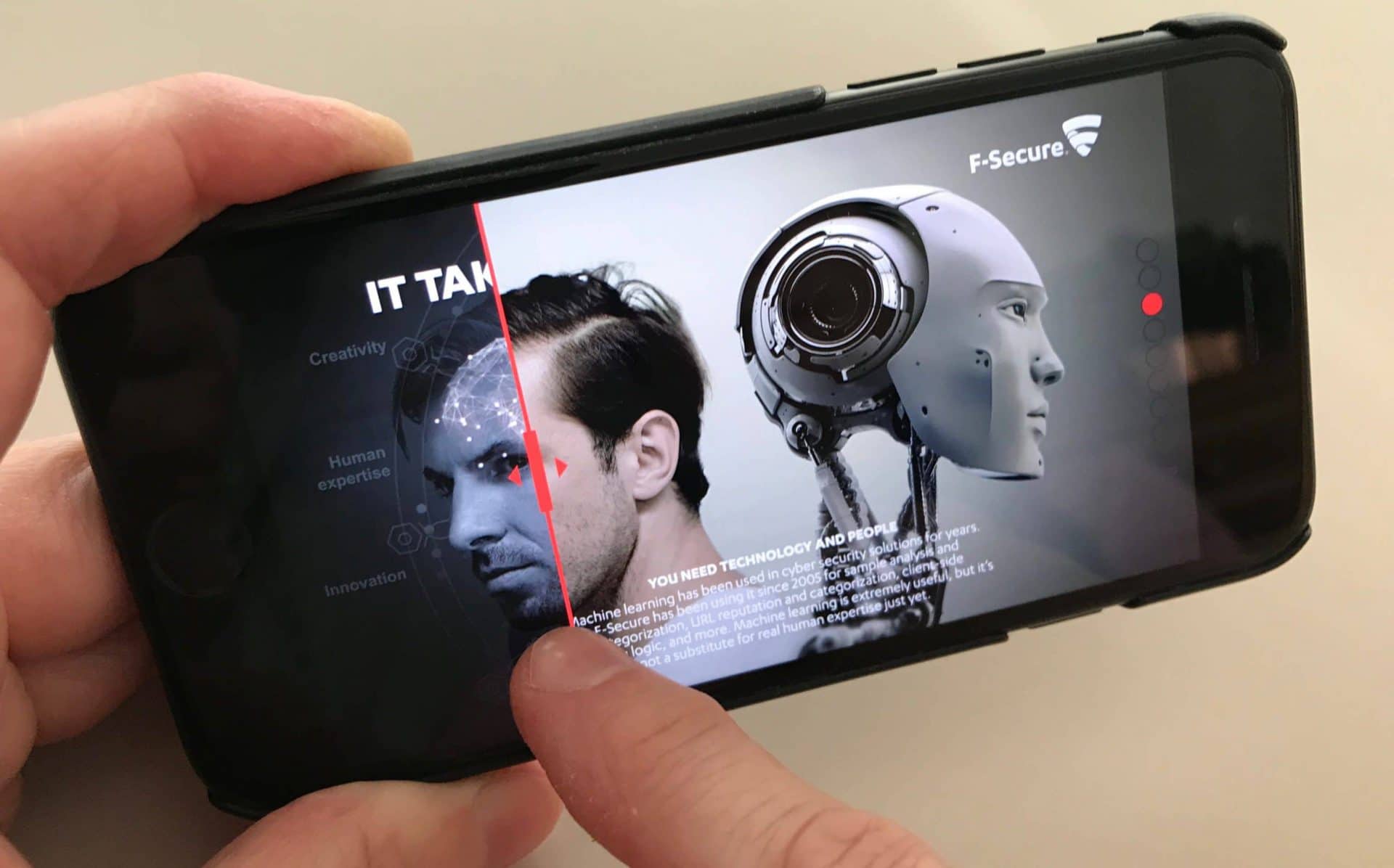From information to interaction society
High-speed internet, interactive video games and smart mobile devices that allow intuitive navigation through touch screens have together prepared the ground for genuinely engaging user interactions with digital content. With interactivity literally at our fingertips, and with people around the world spending an average of 800 hours using the mobile internet in 2019, some experts suggest we are fast moving from an information society to an interaction society.
In the world of television entertainment, the BBC recently launched an interactive version of the 1000th’ episode of the flagship technology programme Click in a “narrative that allows for personalisation, localisation and variable depths of explanations”. The objective was to cater for different levels of viewer’s knowledge. Elsewhere, Netflix is offering several interactive titles, like the Emmy-nominated TV movie Bandersnatch that gives viewers the opportunity to control the storyline, with further interactive content on the way.
Aside from entertainment, journalism is another business area where interactivity is growing in importance. Due to increasing competition, online content needs to stand out immediately to engage readers. Interactive digital content such as animations and multi-layered infographics allow journalists to tell deeper stories, while making readers spend a longer time with an article.
What is interactive marketing content?
Most of us are familiar with quizzes and personality tests through our personal social media feeds. In its simplest, and perhaps most cost-effective form, digital interactivity can mean tools just like these – games, assessments, questionnaires and infographics designed to engage, entertain and educate, whilst also gathering valuable data for marketing purposes.
The interactive marketing toolkit can include almost any combination of rich multi-format media that allows a degree of user responsiveness. For example, using interactive graphics and animations to enliven white papers, statistics and eBooks are just some examples of the kind of tools that can be used to improve engagement. Interactive product tours and walkthroughs, interactive product configurators and virtual showrooms are further examples of the variety of interactive tools available for modern marketers.
What distinguishes the new interactive tools from traditional, static content is that the user can react and respond to the content, and the content has a degree of flexibility, creating a personalised experience for each user.
Why go interactive?
Various recent studies suggest that interactive content outperforms traditional marketing content such as static PDF’s and standard emails in engagement, message retention and time spent with the content. For example, a study on interactive vs. static email showed that interactive content generates up to 4-5 times more page-views than static content.
While static pdfs are often still the benchmark for many marketing documents, they provide no data to marketers about campaign effectiveness other than click-through rates or downloads. In contrast, interactive content allows marketers to directly assess which elements work and which don’t – allowing them to improve performance and relevance.
What makes interactivity so effective?
When used successfully, digital interactive tools can facilitate two-way communication between a brand and its audience. To use a classroom analogy, think about the difference between a lecturer talking to a packed room of distracted people, and a lively debate between a facilitator and an engaged audience. Which method of learning is likely to be more effective and memorable? The same principle applies in all human interactions. An active participation, whether in person or via digital interfaces, improves engagement, attention span and recall. Think dialogue, not monologue; active, not passive.
Transposing this concept to the world of marketing communications, the first great challenge met by today’s marketers is the increasing volume of competing marketing messages out there. Interactivity and visualisation are proven to grab attention, helping brands stand out from the competition. Beyond the initial interest and awareness raised, interactive content helps sustain the user’s attention for longer than static content.
Importantly, interactive tools can also help marketers gather valuable intelligence and analytics about their buyers and their behaviour.

Read more:
- Interactivity and multilayer content as building blocks for effective B2B sales and marketing
- Elements underpinning good information architecture
- New sales tools utilize 3D content and interactivity
- Asiakaskokemus, joka maistuu paremmalta: uusi ulottuvuus ravintolakokemukseen lisätyn todellisuuden avulla

